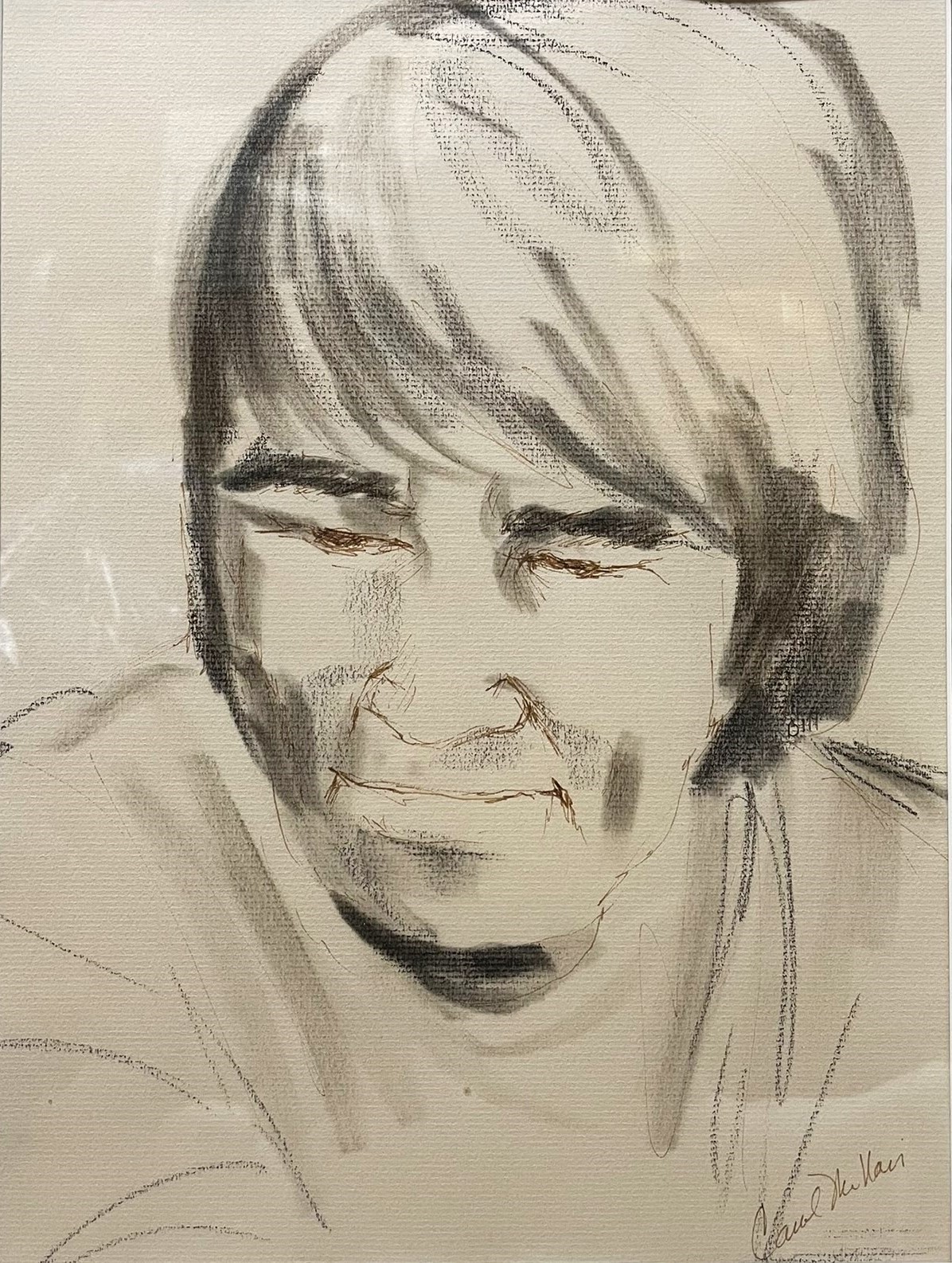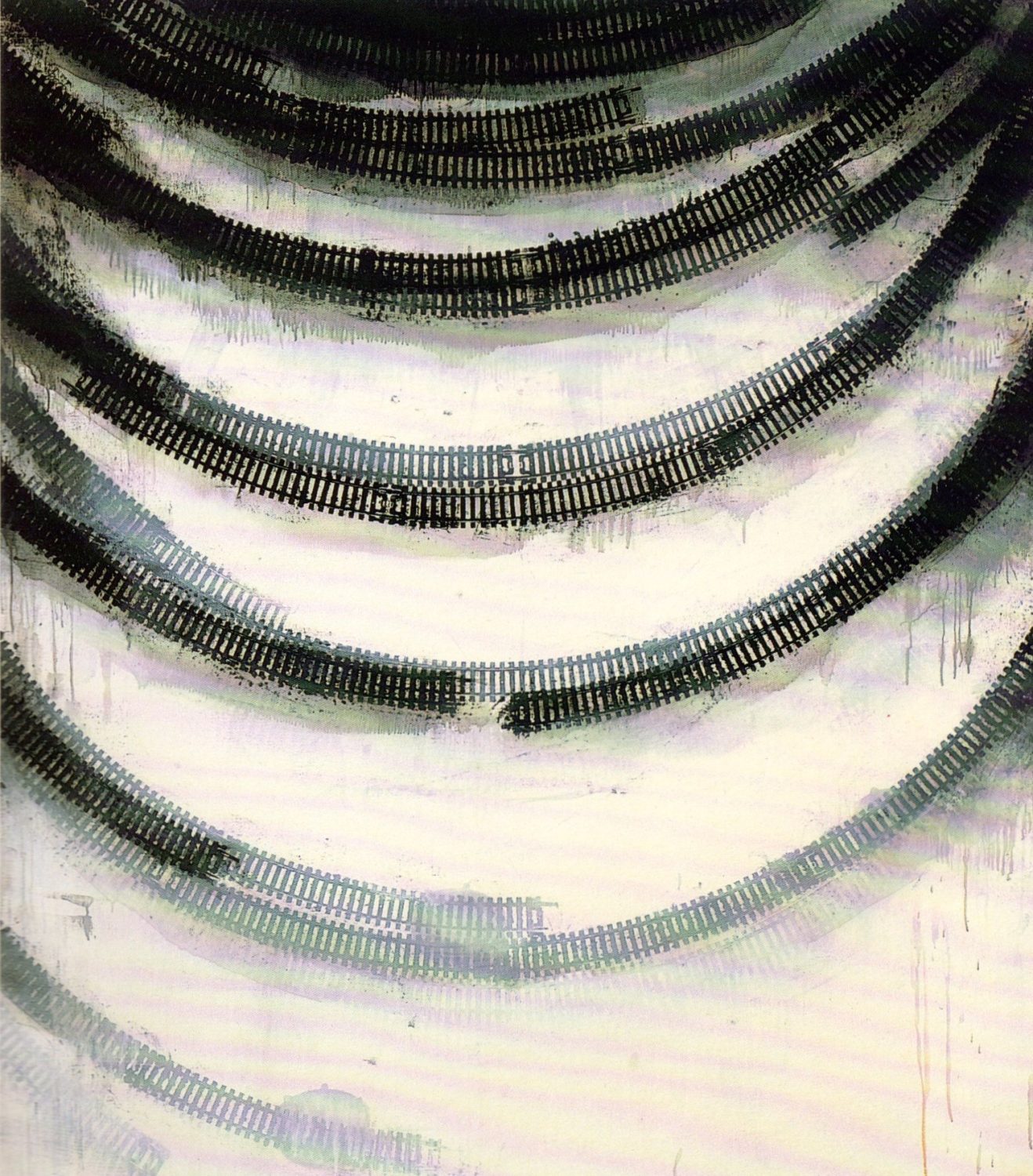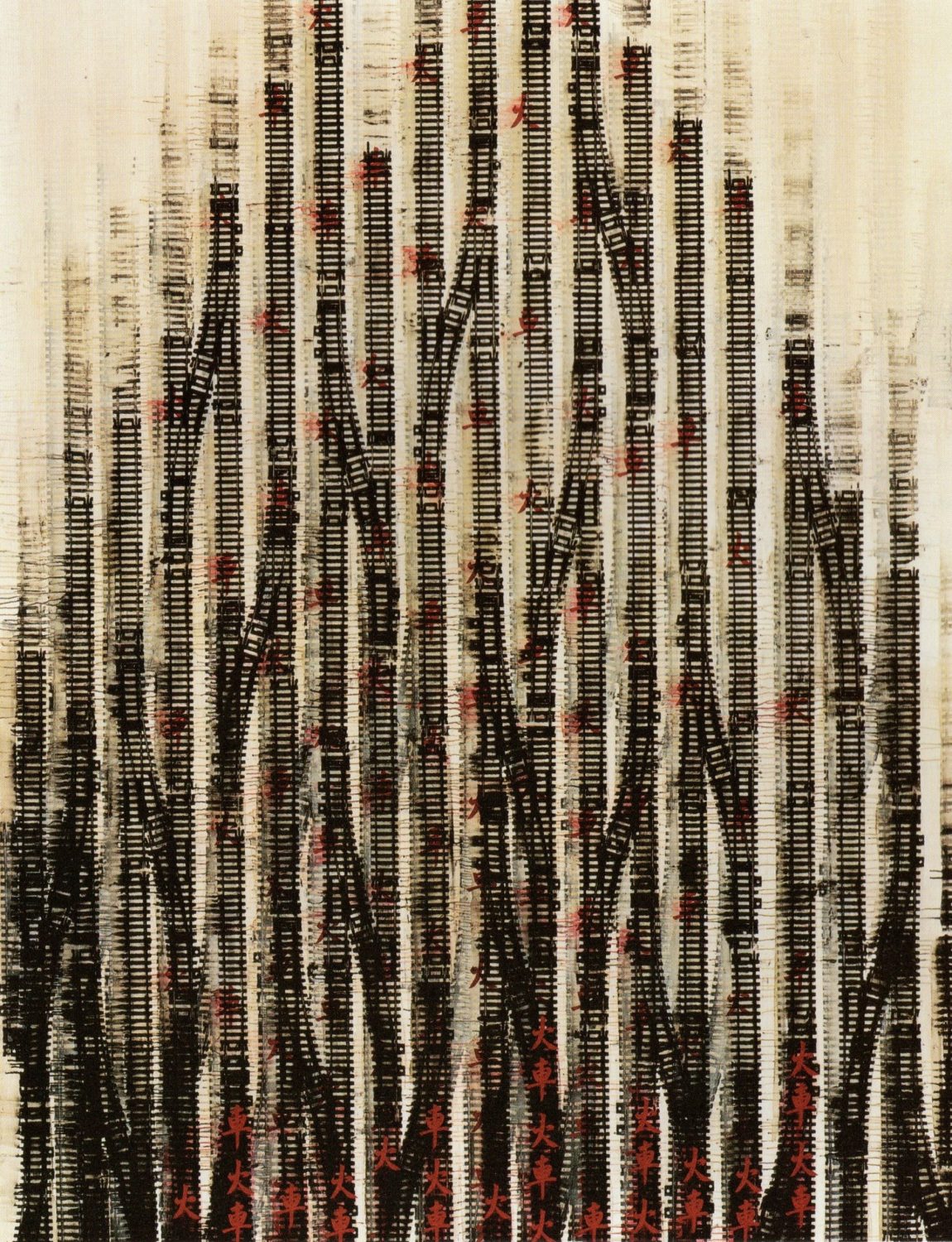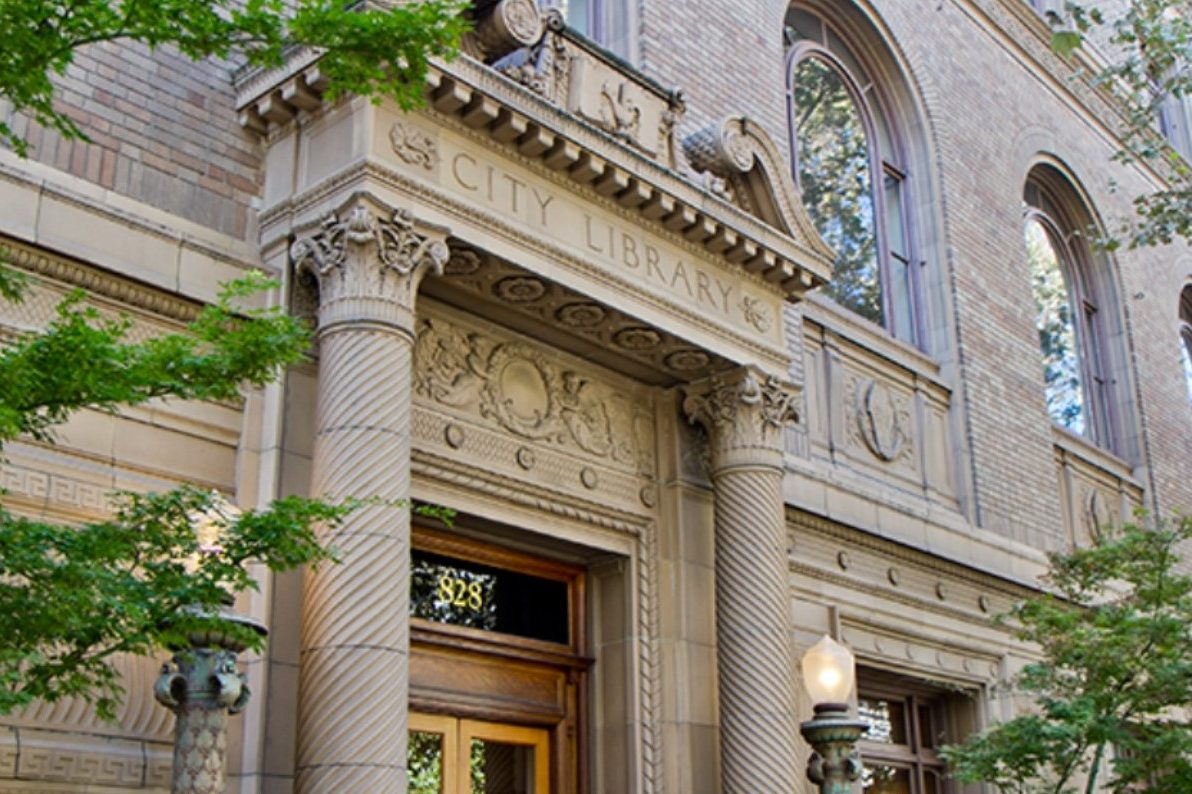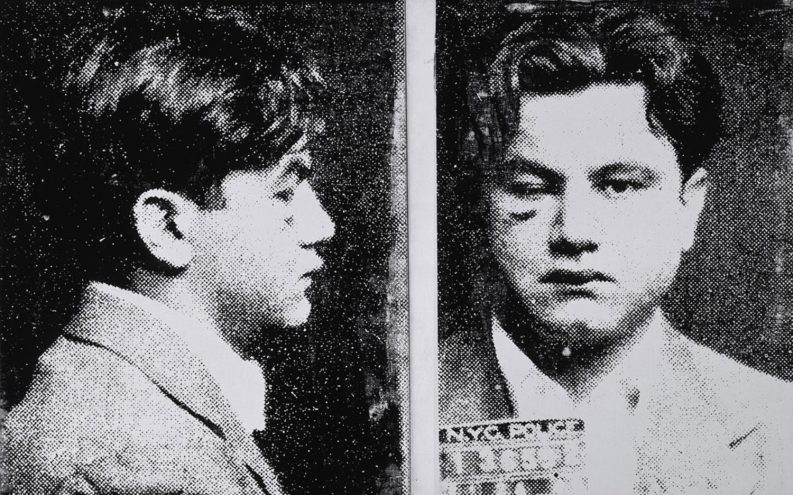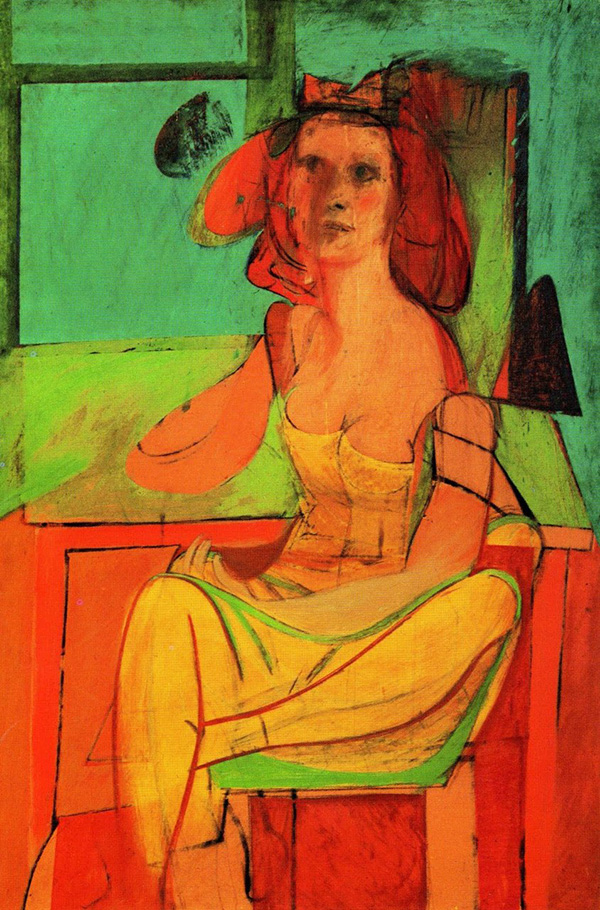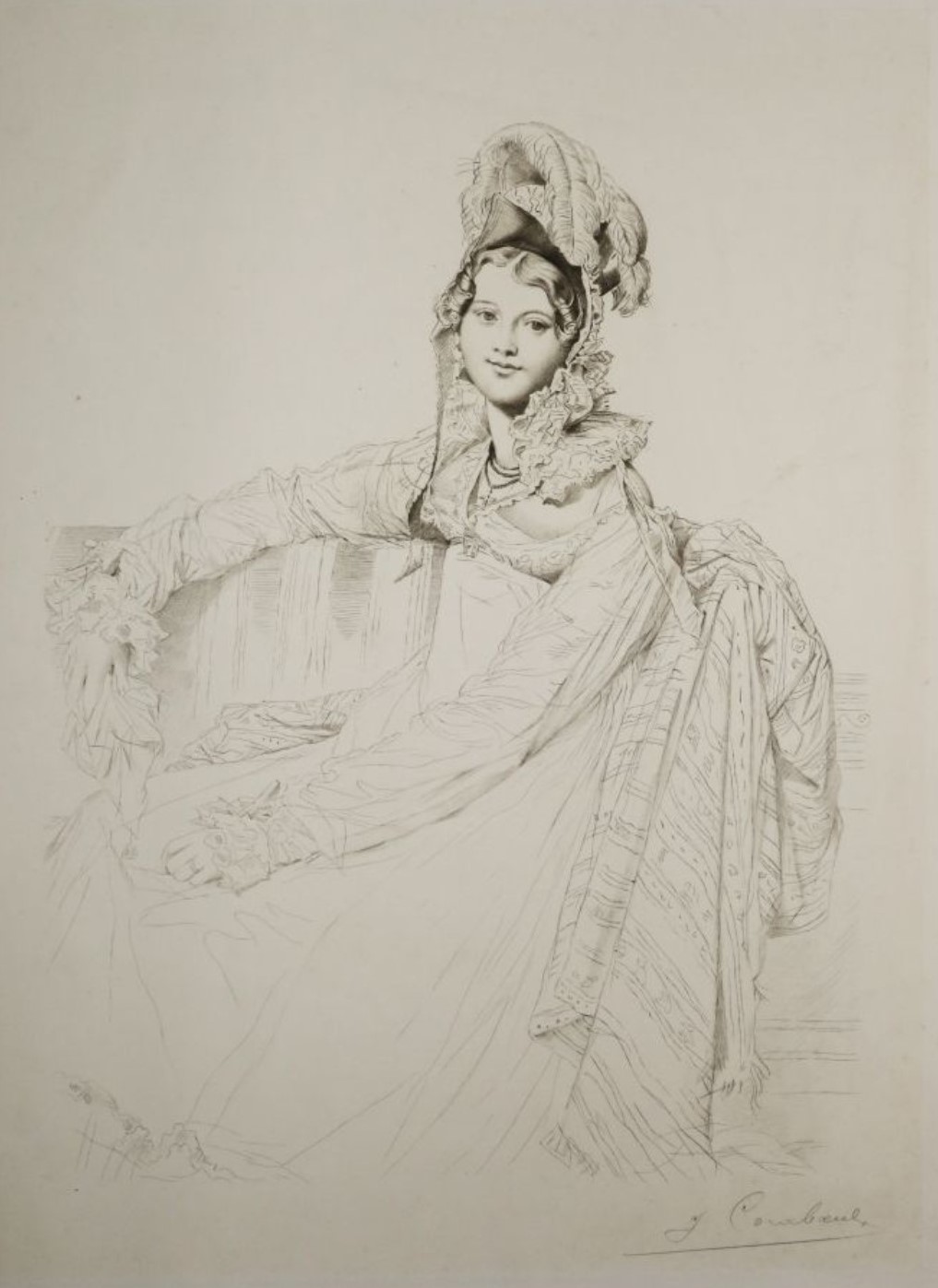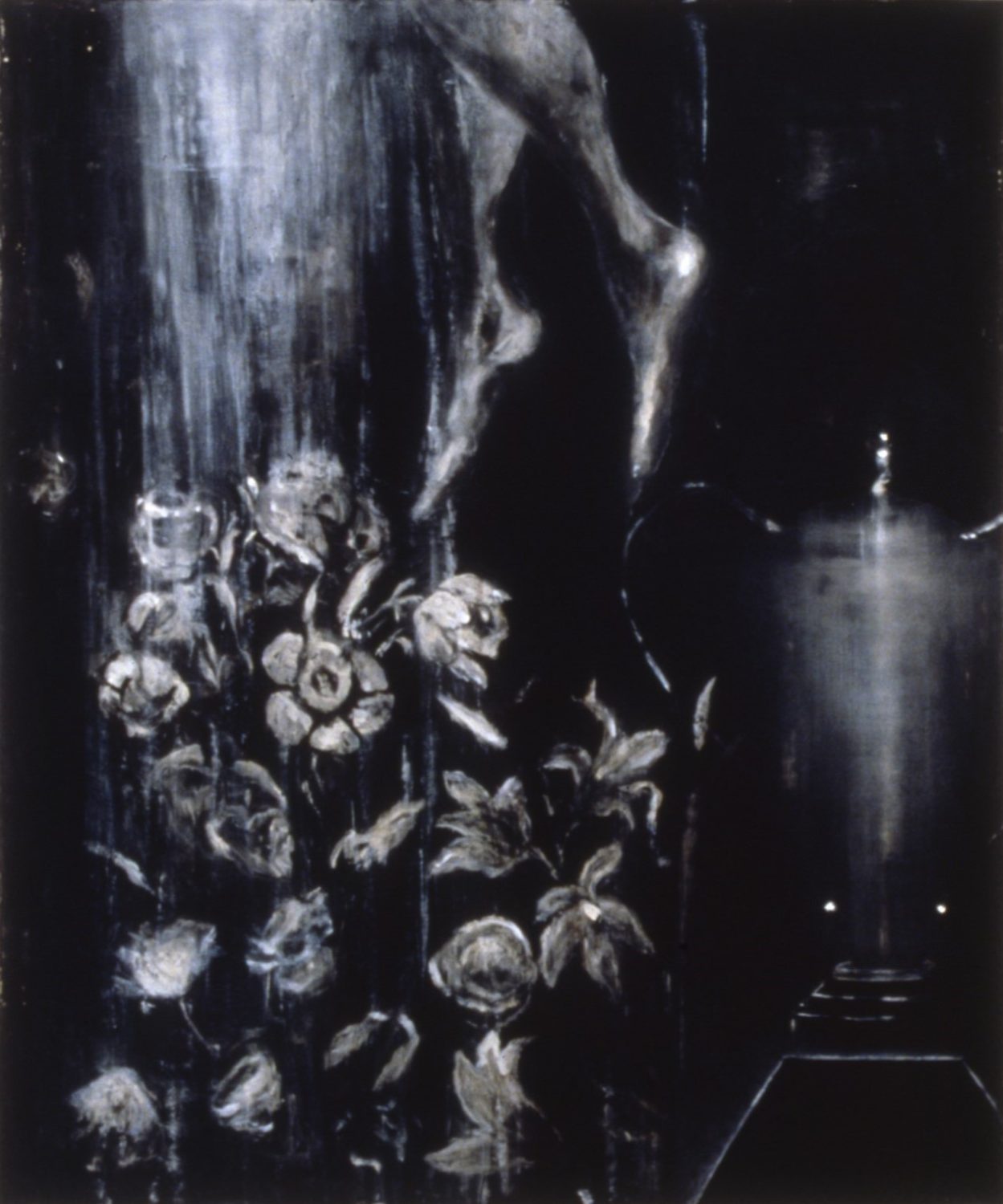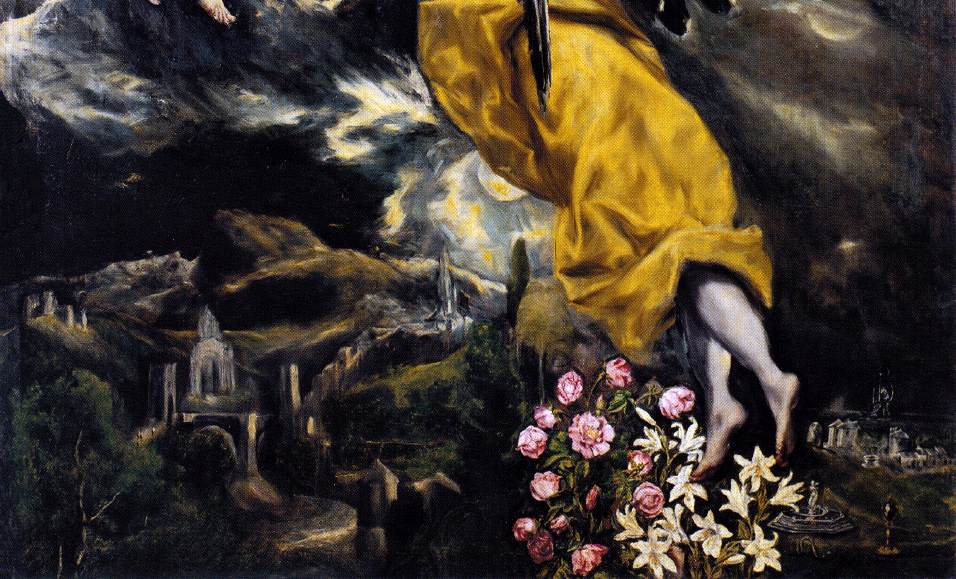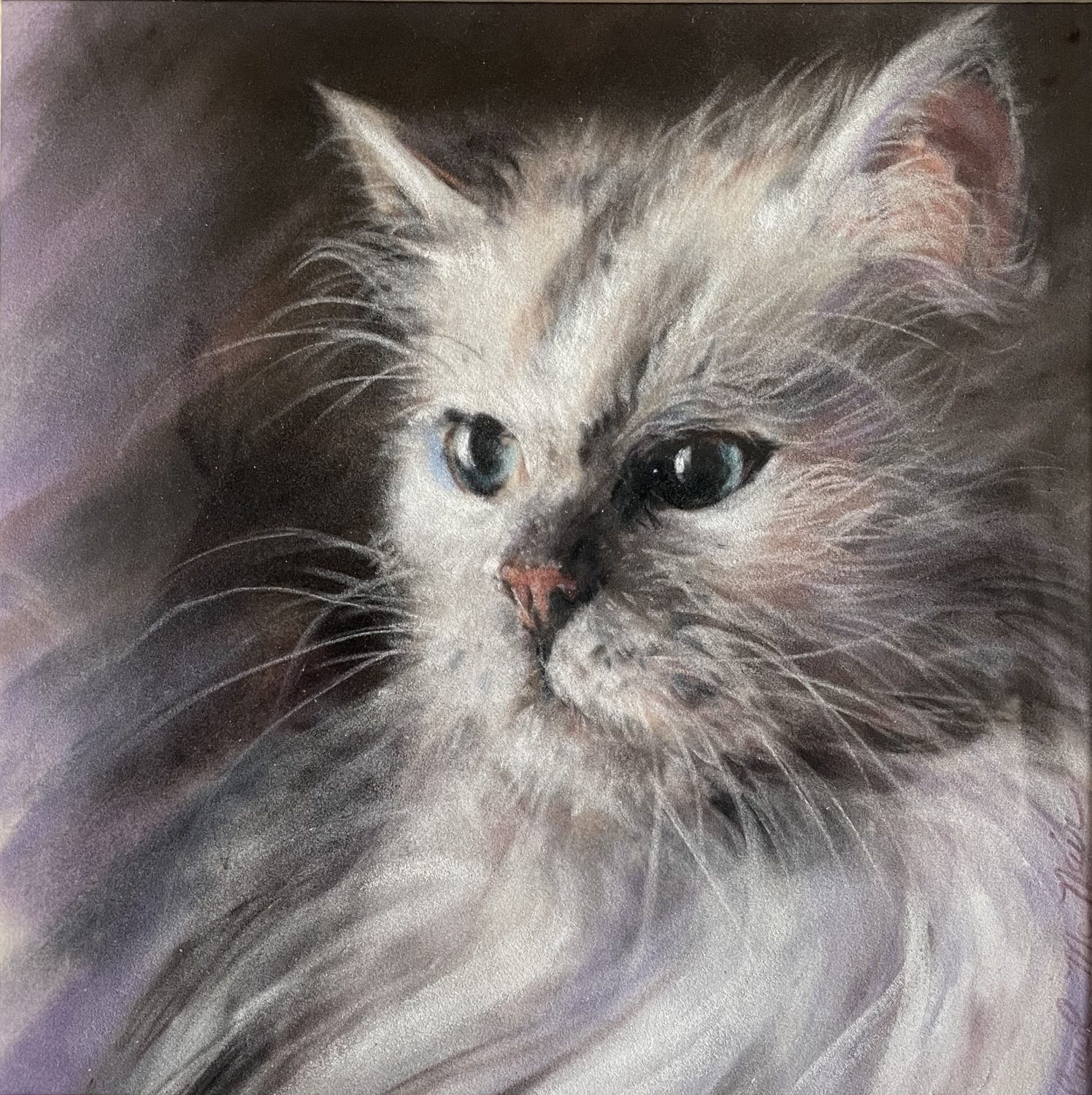 I’m not exactly sure why my father bought a drawing of a cat, but he did. The pastel is for the most part delicately detailed, with some looser strokes which make up the fur around the cat’s neck. It’s a charming little piece – I don’t know if the artist knew or lived with the cat, but it certainly seems like a portrait of a specific animal. My father was not someone who would ever have had a pet – they’re too unpredictable, too untidy.1 My mother had a dog before they were married, but after Yuki died when I was six or seven years old, the only animals to enter the house were goldfish and hamsters. And a drawing of a white cat with blue eyes.
I’m not exactly sure why my father bought a drawing of a cat, but he did. The pastel is for the most part delicately detailed, with some looser strokes which make up the fur around the cat’s neck. It’s a charming little piece – I don’t know if the artist knew or lived with the cat, but it certainly seems like a portrait of a specific animal. My father was not someone who would ever have had a pet – they’re too unpredictable, too untidy.1 My mother had a dog before they were married, but after Yuki died when I was six or seven years old, the only animals to enter the house were goldfish and hamsters. And a drawing of a white cat with blue eyes.
When I was in fifth grade, my mother surprised me by enrolling me in a weekly after-school drawing class at the elementary school I attended. Aside from making a value scale,2 I don’t recall any of the assignments or exercises we did, although I do remember the class fondly. The teacher was encouraging and seemed to genuinely care about what she was doing. There was no art education to speak of in the regular curriculum of either of the elementary schools I attended, so simply having some instruction in the subject I loved was engaging for me.
Two or three years later, my father and I took an evening drawing class at the nearby high school. At the first meeting, we walked in and he greeted Carol, the teacher. He had taken a class or two from her previously and they had become friends. I thought she looked familiar, but didn’t say anything – I was a pretty shy kid. She recognized me, though, from a class she had taught at the elementary school a few years prior. She could have been the only person teaching art classes in this manner in our small suburban town, but at the time, it seemed an incredible coincidence to me.
In the evening class, I was the only kid there. However, nobody was patronizing to me – Carol and the other students treated me like just another person taking the class. I probably felt more comfortable there than I did with the other kids in school. Although I did have some friends and a few teachers I liked, at that time I didn’t find school to be a particularly welcoming environment.
Carol had us draw from still lifes she’d set up, from live models, and from photos. She also spoke about what she called the “seven elements of design” – value, shape, size, line, texture, direction, and color.3 I took in this information, but besides simply continuing to draw, didn’t do much in the way of any serious study. However, I am glad I was introduced to these components of drawing and was asked to consider them at that age. Carol was my first art teacher, and the only one I had until I entered high school. The classes I took in junior high were just a waste of time; I learned nothing from them.
One evening during class, Carol did a sketch of my father, and gave it to him. The face is made up of fine lines, done with a pen, while the hair and shadows are represented by several bold strokes of a charcoal stick. It’s a good likeness, and I remember being impressed it was done so quickly – I also remember my father’s smile as he showed it to me, minutes after it was finished. He treasured that drawing, and it was soon framed and hanging.
My father continued to take both drawing and painting classes from Carol, and bought several of her works, which joined her portrait of him on the walls of our home. After she moved out of the area, they remained friends and corresponded regularly until she passed away in the late 1990s or early 2000s.4
My father passed away in 2022, and as my mother has been giving away a lot of his possessions, she asked me if I wanted any of Carol’s work. Most of the pieces are too large for the space I have; however, I did remember one of a cat, a smaller pastel I quite liked, even though I was never really around cats until I was an adult. Of course, there were cats in the neighborhood, but I don’t think any of the kids I ran around with lived in a household with one. I’ve lived with two cats in my life, and I loved them both; the cat in the piece bears a slight resemblance to one of them. I inquired if the drawing were still available, and my mother laughed and asked if it reminded me of WK. I told her it kind of does, and she said the piece was mine.
So I have a new piece of artwork, one that reminds me of both my father and my first art teacher. And a white cat with green eyes.
1 Kind of makes one wonder why he had kids.
2 A value scale is a graduated chart that starts with the lightest value (white) and continues through several equal steps to the darkest (black).
3 I don’t know if she based the syllabus of her class for kids on this same concept, but I suspect she did, since we did make that value scale.
4 My father was a dedicated letter writer, a trait I have inherited.
